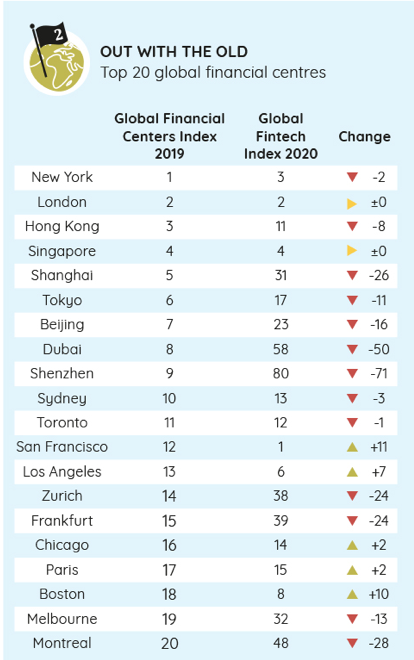

Specifically, we analyze the amplifying effects on diffusion of communicable disease created by global aviation networks and cross border mobility. We thus examine the function of global cities during a pandemic through a mobility lens, extending the approach that John Urry (2000) introduced in Sociology Beyond Societies: Mobilities for the Twenty-first Century, where he considered how the ever-increasing flow of people and objects in a borderless world generates new dynamics in both transportation and society. Among the many characteristics of global cities, the one most relevant to understanding a pandemic's diffusion, whether in Byzantium or Brooklyn, is the concentrated flow of people coming together into a hub of exchange. In many ways, the evidence that we analyze echoes an old story about the spread of disease that goes back to the ancient world's trading networks and nodes. This article considers the ways in which globalization and mobility have once again intersected to turn a majority of global cities into pandemic gateways. Our findings suggest the need to appreciate why global cities can serve as gateways of pandemic diffusion, while also seeking to understand why some did not function in this way.ġ. Global cities: pandemic gateways of the 21st century Hypermobility, which we demonstrate contributed to the mechanism by which global cities diffused COVID-19 initially, is also correlated with the global cities hierarchy, as supported by air travel data. This trend reached 90% in a subset based upon the urban hierarchy among global cities. Among our global cities sample, 75% served as the gateway through which COVID-19 was diffused within their respective countries. We demonstrate that most global cities followed a common pattern in the pace and intensity of COVID-19's spread during the first wave of the pandemic. To assess this transmission mechanism, we assembled data about the population and COVID-19 cases in global cities and their associated countries, comparing their infection rates on a fixed date. Our hypothesis is that global cities became the gateway by which COVID-19 was introduced to many countries through the hypermobility of infected international travelers. This article examines how mobility networks can turn global cities into Pandemic Gateways. The relationship between cities, globalization and mobility has produced recurring urban challenges over time.


 0 kommentar(er)
0 kommentar(er)
